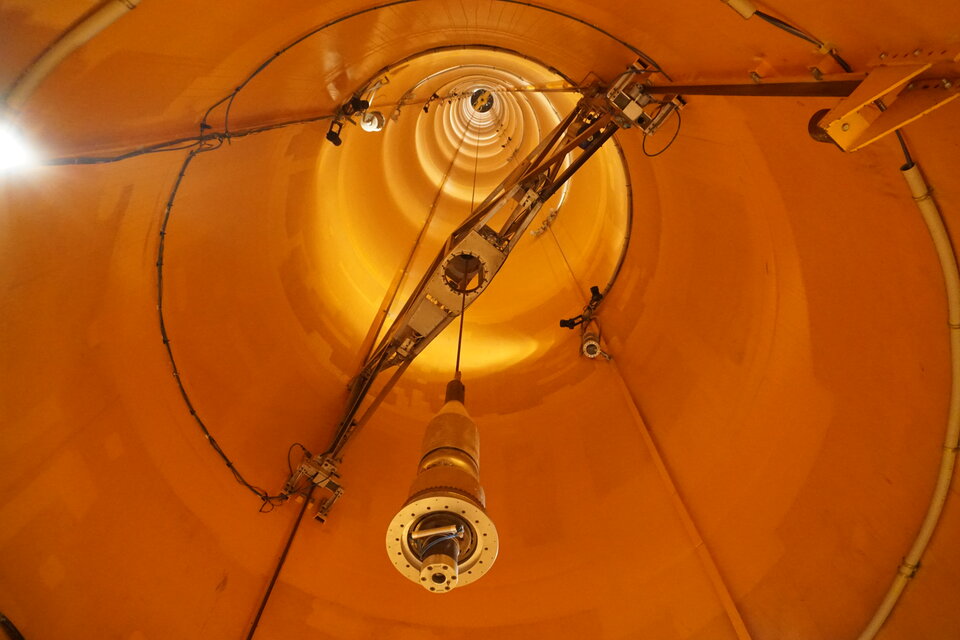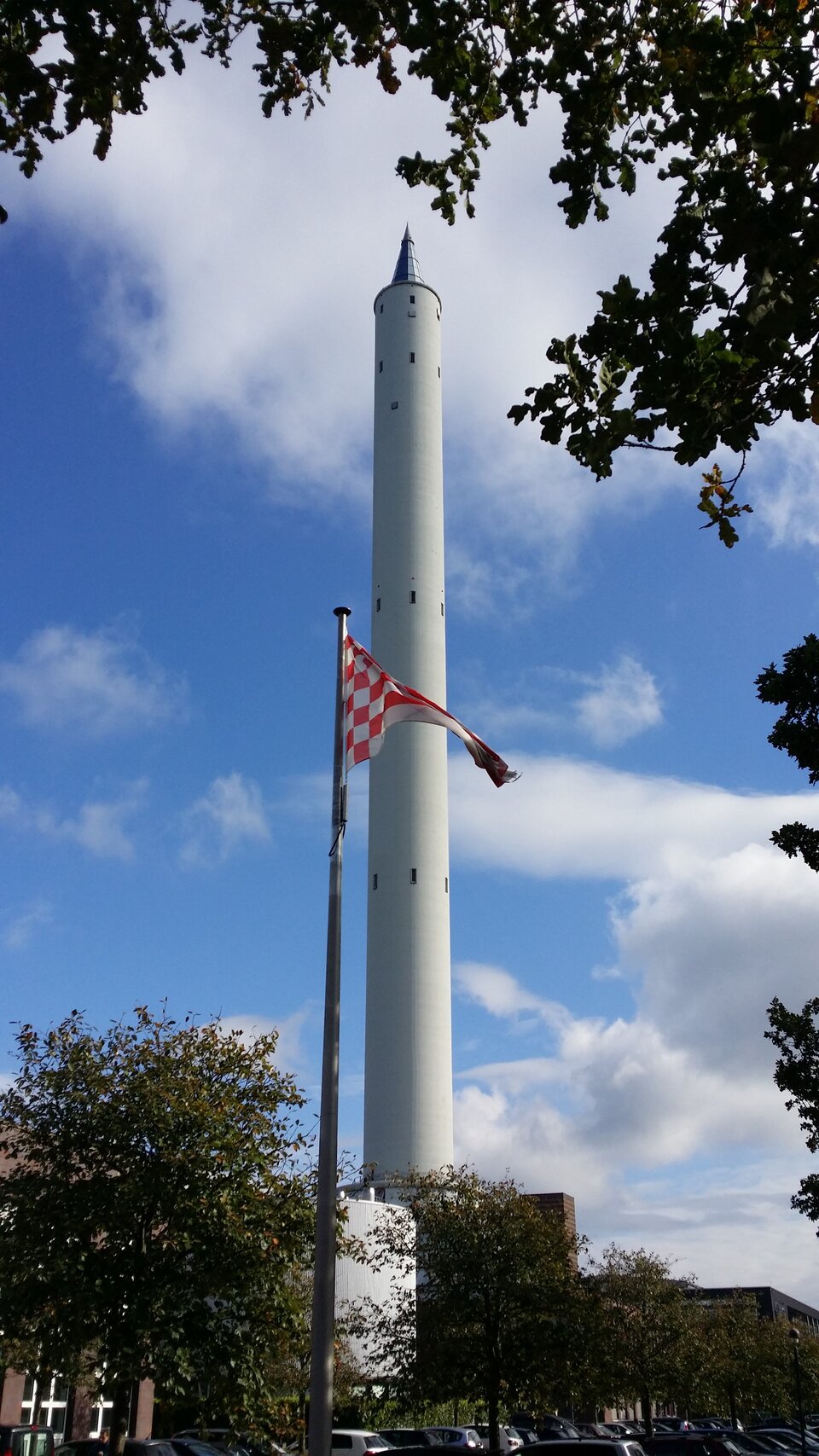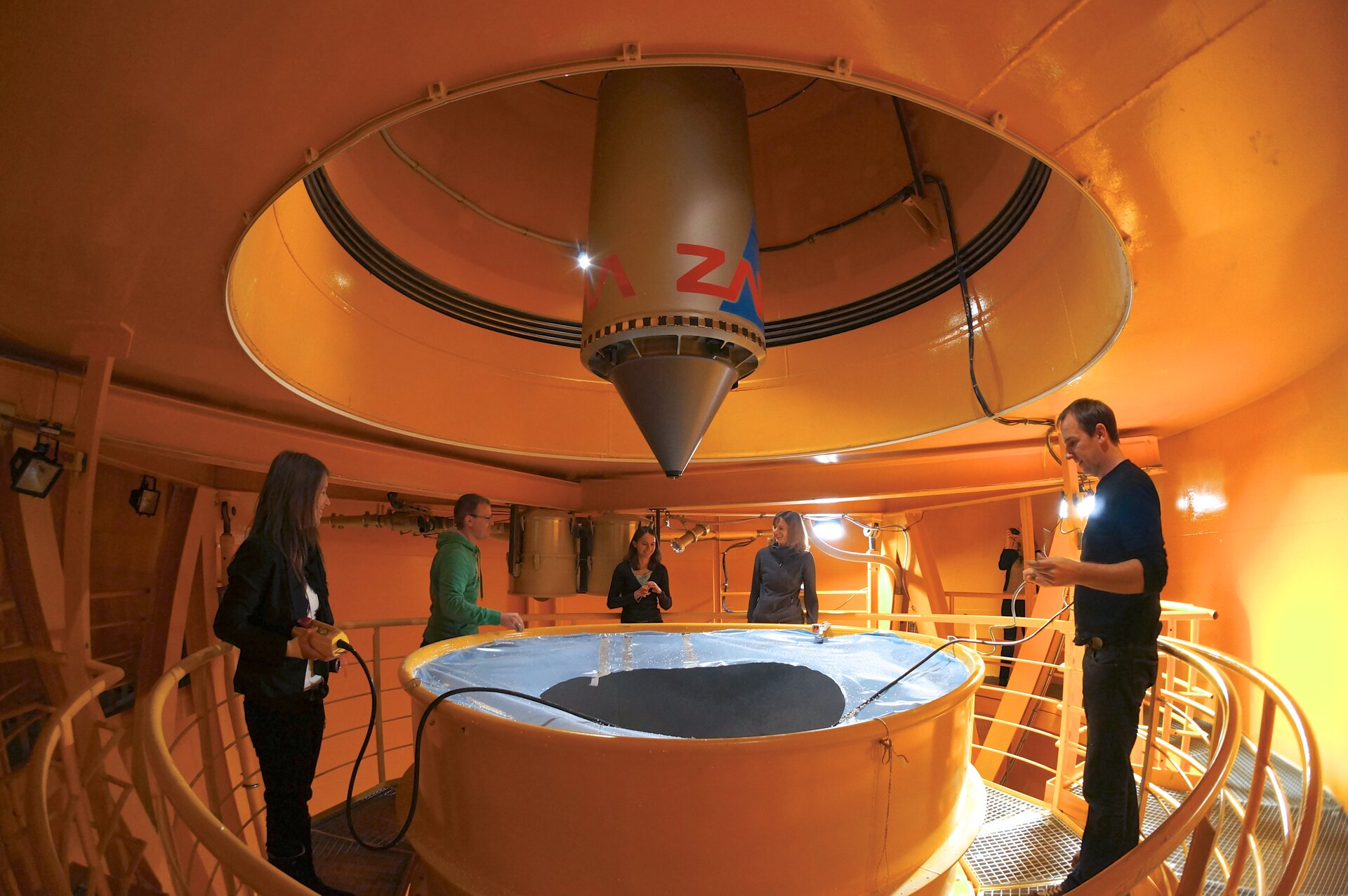Two teams selected for Drop Your Thesis! 2021
ESA Education is pleased to announce that two teams have been selected to participate in the 2021 Drop Tower campaign by a Selection Board composed of experts from ZARM, ELGRA and ESA. The teams that will see their experiments subjected to microgravity are MIND Gravity from Bonn University, Cologne University (DE) and SmartDust from Otto-von-Guericke Universität Magdeburg (DE).
The Drop Tower is an imposing building in the heart of Bremen University campus in Germany. It’s a facility that provides incomparable microgravity levels whilst remaining Earth-bound. Indeed, with levels not exceeding 10 -6 g for periods ranging from 4.3 to 9.7 seconds, experiments needing very low levels of gravity really benefit from this facility. This is exactly the case for both the student proposals that needed short periods of extremely good quality microgravity.

MIND Gravity intends to investigate for the first time in a non-invasive, multicellular setting, isolated neuronal networks using Multi-Electrode Array (MEA) technology. The advantage of using these MEA over standard patch-clamp methodologies is that the students can record in real time electrophysiological readings and electrical stimulation of a complex and functional neuronal network. This non-destructive method of looking at action potentials in mature networks during 1g and microgravity also means that the samples can be used for cytological purposes, visualization of changes in cytoskeletal proteins and pre- and post- synaptic markers. The 6 PhD students will all be working hard at making the best experiment possible capable of taking advantage of the 4.3 seconds on offer to them.

SmartDust is a team of 4 Bachelor students and will investigate granular gases, but with a particularly interesting technological add-on. The students will place in a container containing hundreds of free-floating spheres a handful of ‘smart’ ones which will record and relay their attitude, velocity and rotation in real time. This provides the young scientists with a novel method of investigating the collisions between particles without relying on the standard stereoscopic methods which is plagued by the fact that tracking the movement of some balls with a camera will often be hampered by the other balls floating in front and obscuring the object of interest. Additionally, this smart dust method provides invaluable rotational data that isn’t trivial to obtain in the standard methods. The students opted for the catapult mode of the tower, offering them 9.3 seconds of microgravity.
The teams will soon attend an online workshop to get them started on the right foot with their projects – lectures on project management, systems engineering and soft skills will be accompanied with long one-on-one sessions with ZARM engineers to detail out the best possible designs to fulfill their scientific goals and requirements.




